Bread is a staple food in many cultures, often holding significant cultural and historical value. Among the myriad types of bread, sweet bread stands out for its delightful flavors and festive associations. Let's embark on a global journey to explore some of the most popular sweet bread recipes from various countries, each with its unique ingredients, preparation methods, and cultural significance.
1. Chocolate Babka (Eastern Europe)
Origin and Cultural Significance: Babka is a sweet, twisted bread that originated in Jewish communities in Eastern Europe. Traditionally, it was made during Jewish holidays, particularly Passover. The name "babka" means "little grandmother," reflecting its homey, comforting nature.
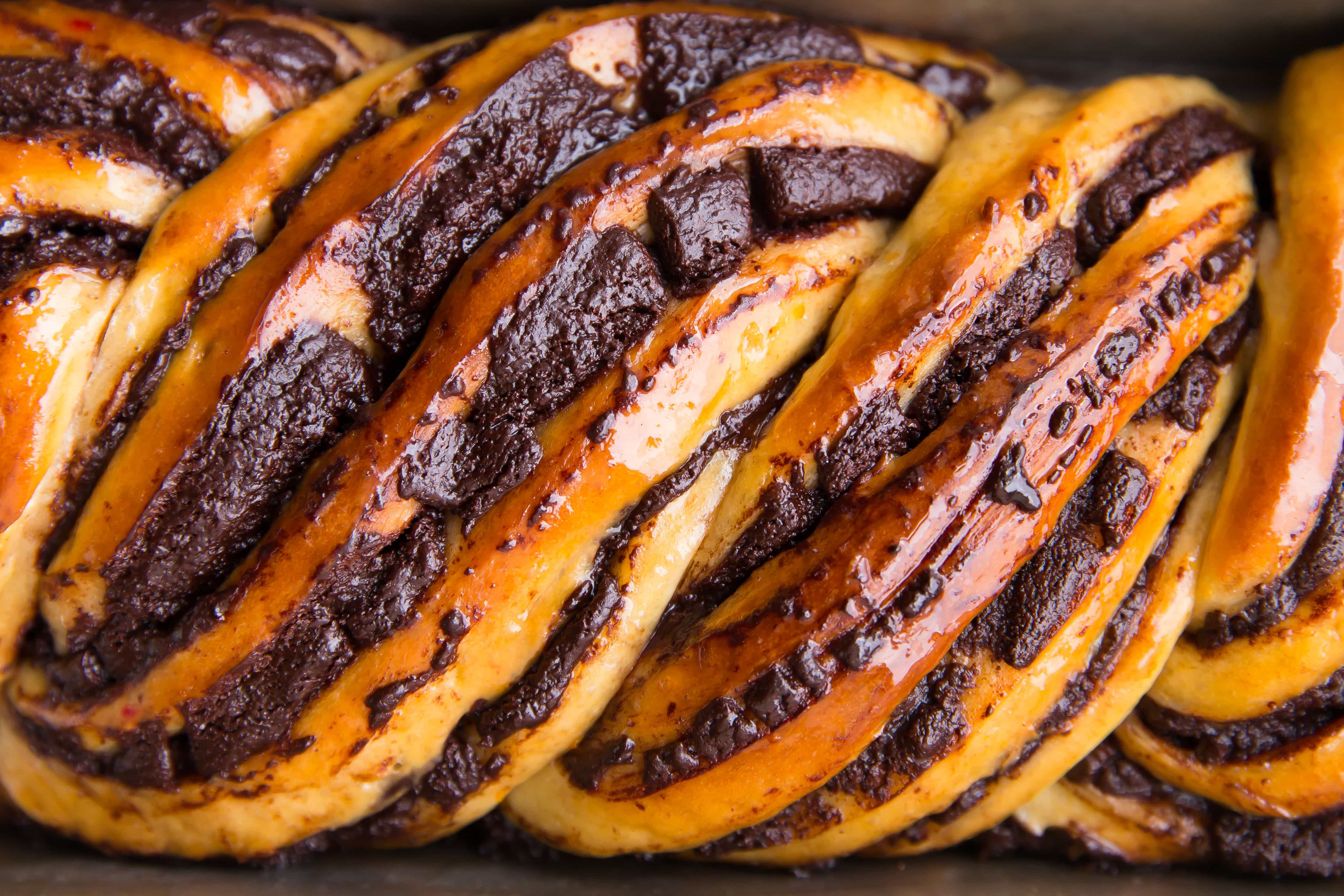
Ingredients and Preparation: Babka's rich dough is made from flour, yeast, sugar, and butter. Once the dough has risen, it is rolled out and spread with a filling of dark chocolate, cinnamon, and sometimes nuts or fruit. The dough is then twisted into a loaf and baked until golden brown. This process creates beautiful swirls of filling throughout the bread, making each slice a visual and culinary delight.
Flavor and Uses: Babka is enjoyed as a dessert or a special breakfast treat. Its sweet, rich flavor pairs well with coffee or tea, making it a perfect accompaniment to leisurely mornings or festive gatherings.
2. Conchas (Mexico)
Origin and Cultural Significance: Conchas are a traditional Mexican sweet bread named for their shell-like appearance. They are a staple in Mexican bakeries and are enjoyed at breakfast or as an afternoon snack, often with a cup of hot chocolate or coffee.
Ingredients and Preparation: The dough for conchas is similar to brioche, made with flour, sugar, butter, eggs, and milk. The unique aspect of conchas is their topping: a sugary paste made from flour, sugar, and shortening, which is spread on top of the dough and scored to create the characteristic shell pattern. The conchas are then baked until golden and slightly crisp on top.

Flavor and Uses: Conchas have a soft, fluffy interior with a sweet, crumbly topping. They are versatile and can be enjoyed plain or with various fillings such as chocolate, vanilla, or fruit preserves.
3. Stollen (Germany)
Origin and Cultural Significance: Stollen is a traditional German Christmas bread that dates back to the 15th century. It is laden with dried fruits, nuts, and spices, symbolizing the gifts brought to the Christ child. Stollen is often enjoyed during the Advent season leading up to Christmas.
Ingredients and Preparation: The rich dough includes flour, yeast, butter, sugar, and milk, mixed with a variety of dried fruits, candied citrus peel, and almonds. Spices such as cinnamon and nutmeg add a warm, festive flavor. The dough is shaped into a loaf, sometimes with a marzipan filling, and baked until golden. Once cooled, it is generously coated with powdered sugar to resemble the snowy winter season.
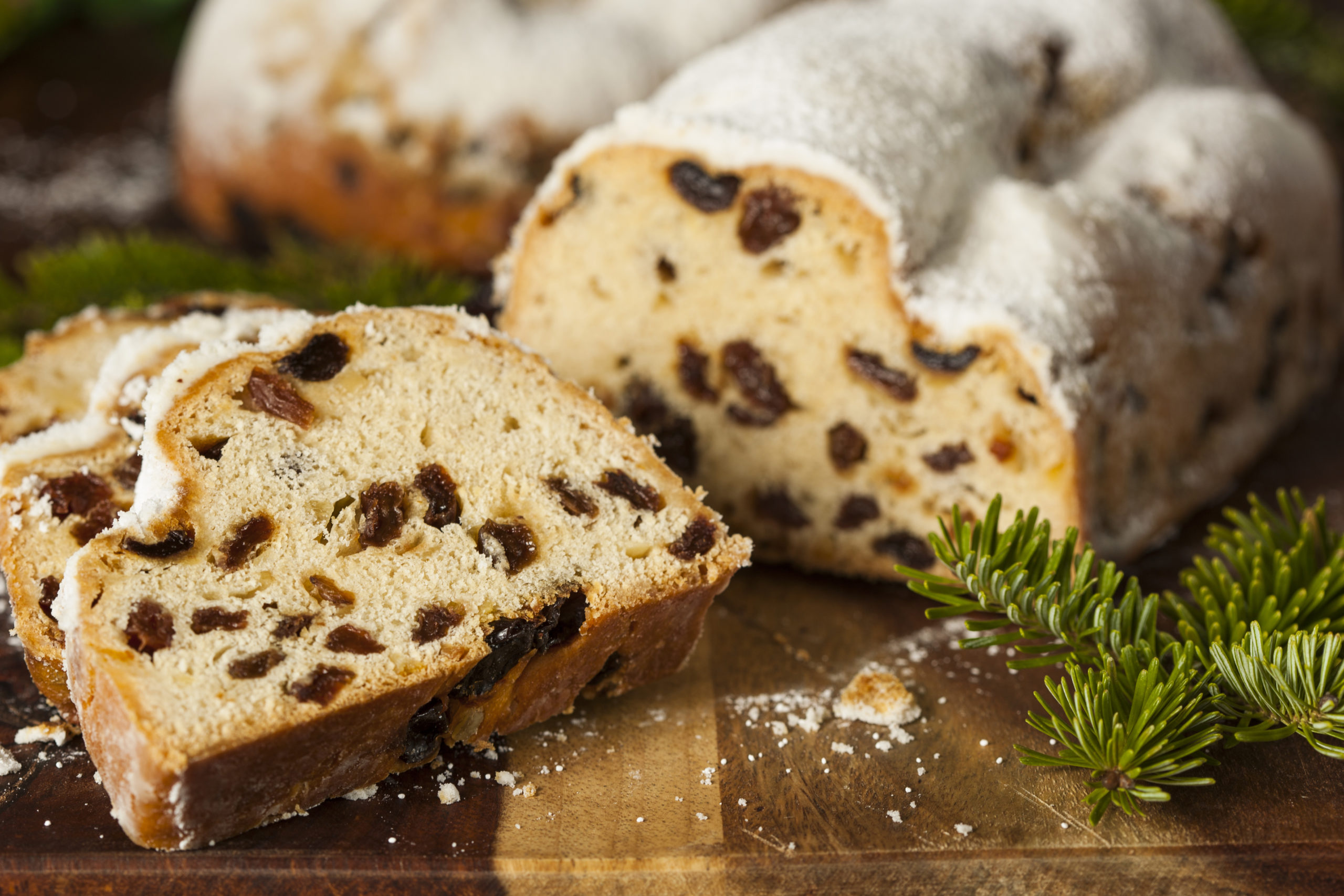
Flavor and Uses: Stollen has a dense, moist texture with bursts of flavor from the fruits and spices. It is typically sliced and enjoyed with coffee or mulled wine during holiday celebrations.
4. Pão de Queijo (Brazil)
Origin and Cultural Significance: Pão de Queijo, or Brazilian cheese bread, is a popular snack and breakfast item in Brazil. These small, cheesy rolls are gluten-free, made with tapioca flour, and have a unique chewy texture.

Ingredients and Preparation: The dough is made from tapioca flour, eggs, milk, cheese (typically Minas cheese or Parmesan), and butter. The ingredients are mixed into a dough, formed into small balls, and baked until puffed and golden.
Flavor and Uses: Pão de Queijo has a crisp exterior with a chewy, cheesy interior. It is often enjoyed fresh out of the oven, served plain, or with various spreads.
5. Ube Bread (Philippines)
Origin and Cultural Significance: Ube bread features the distinct flavor and color of ube, or purple yam, which is a popular ingredient in Filipino desserts. This sweet bread is often enjoyed as a snack or dessert.
Ingredients and Preparation: The dough is made from flour, sugar, butter, and milk, with ube incorporated into the dough or used as a filling. The dough is rolled out, spread with ube jam or mashed ube, then rolled up and baked.

Flavor and Uses: Ube bread has a subtly sweet, nutty flavor and a vibrant purple color. It is often enjoyed on its own or with a light spread of butter.
6. Pulla (Finland)
Origin and Cultural Significance: Pulla is a Finnish sweet bread flavored with cardamom, a spice commonly used in Nordic baking. It is often braided and sprinkled with pearl sugar, enjoyed during coffee breaks or special occasions.
Ingredients and Preparation: The dough includes flour, sugar, butter, milk, eggs, and ground cardamom. After kneading and rising, the dough is divided, braided, and baked until golden brown. A sprinkle of pearl sugar adds a decorative and sweet touch.
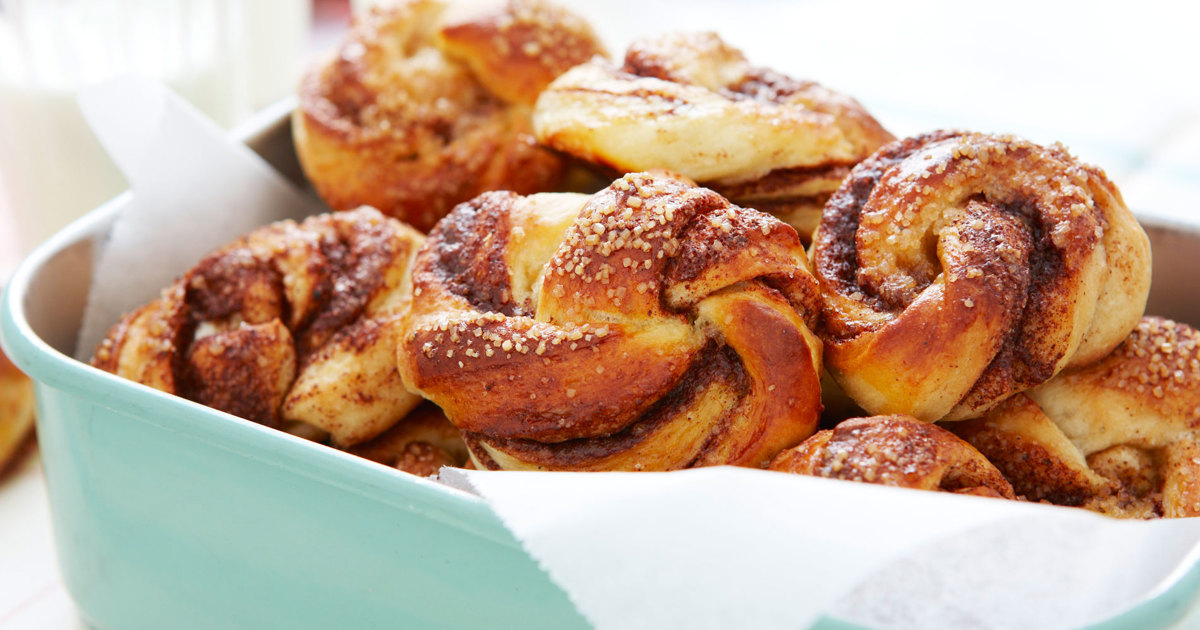
Flavor and Uses: Pulla has a light, fluffy texture with a distinct cardamom flavor. It is typically served with coffee or tea and can be enjoyed plain or with butter.
7. Hot Cross Buns (United Kingdom)
Origin and Cultural Significance: Hot cross buns are spiced sweet buns traditionally eaten on Good Friday in the United Kingdom and other English-speaking countries. The cross on top symbolizes the crucifixion of Jesus.
Ingredients and Preparation: The dough is made with flour, sugar, milk, butter, and spices such as cinnamon and nutmeg. Dried fruits like currants and raisins are mixed into the dough. The buns are marked with a cross, either made of dough or icing, and baked until golden.

Flavor and Uses: Hot cross buns have a spiced, fruity flavor and are often enjoyed warm, sometimes with a pat of butter.
8. Panettone (Italy)
Origin and Cultural Significance: Panettone is a tall, dome-shaped sweet bread from Italy, traditionally enjoyed during Christmas and New Year. It originated in Milan and has become a symbol of Italian festive baking.
Ingredients and Preparation: The dough is rich and includes flour, sugar, butter, eggs, and yeast. It is studded with dried fruits, candied citrus peel, and sometimes chocolate. The dough undergoes a long fermentation process to develop its characteristic light and airy texture. It is baked in a tall, cylindrical mold.
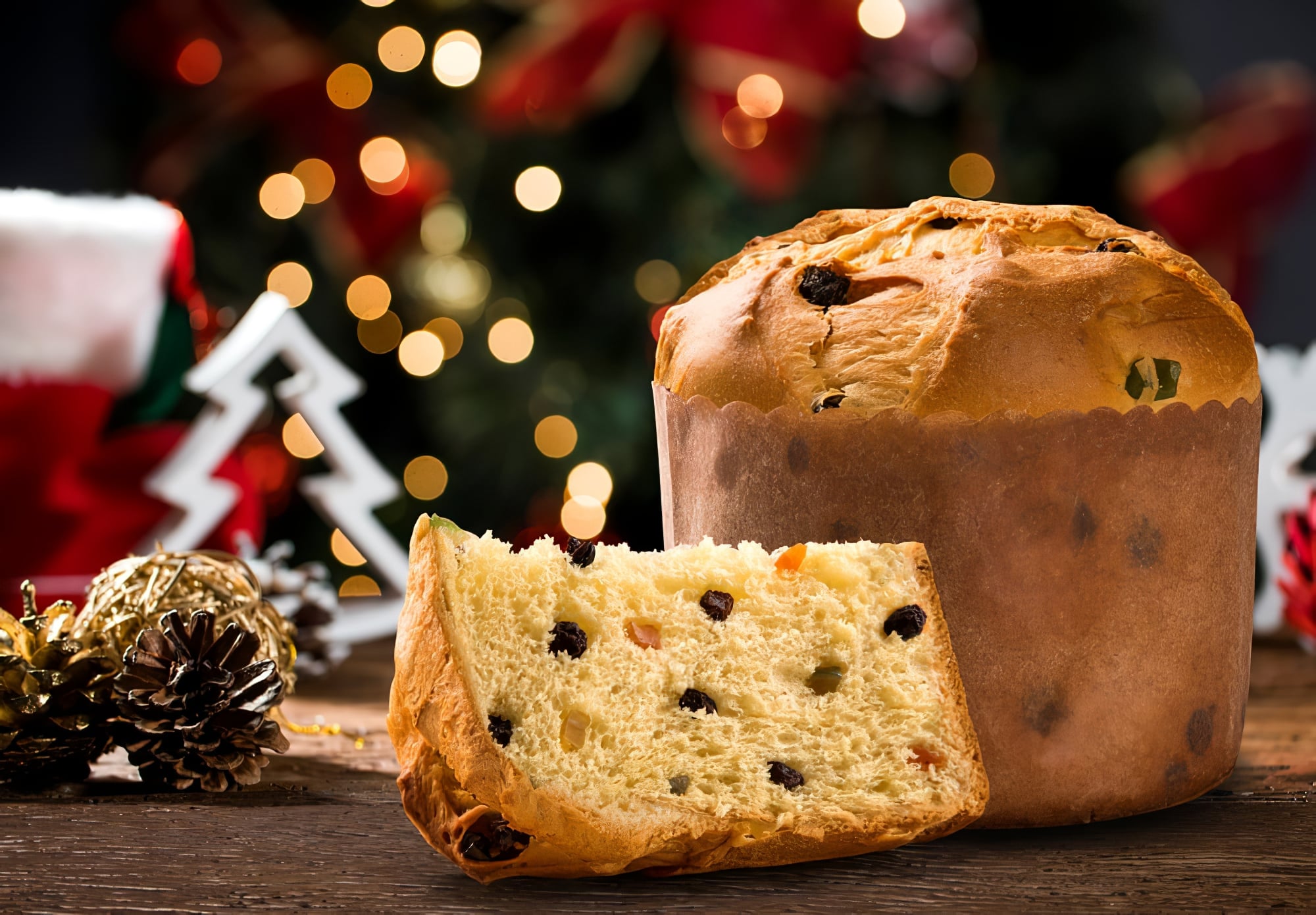
Flavor and Uses: Panettone has a soft, fluffy texture with a sweet, fruity flavor. It is often sliced and enjoyed with coffee or wine.
9. Poteca (Slovenia)
Origin and Cultural Significance: Poteca, also known as potica, is a traditional Slovenian sweet bread filled with a mixture of nuts, honey, and spices. It is typically made during holidays and special occasions.
Ingredients and Preparation: The dough is made from flour, yeast, sugar, butter, and eggs. The filling includes ground walnuts, honey, sugar, and spices like cinnamon. The dough is rolled out thin, spread with the filling, rolled up into a log, and baked.
Flavor and Uses: Poteca has a rich, nutty flavor with a hint of sweetness from the honey. It is often enjoyed as a dessert or with a cup of coffee.
10. Challah (Jewish)
Origin and Cultural Significance: Challah is a traditional Jewish bread, rich in eggs and often braided, enjoyed during Shabbat and Jewish holidays.
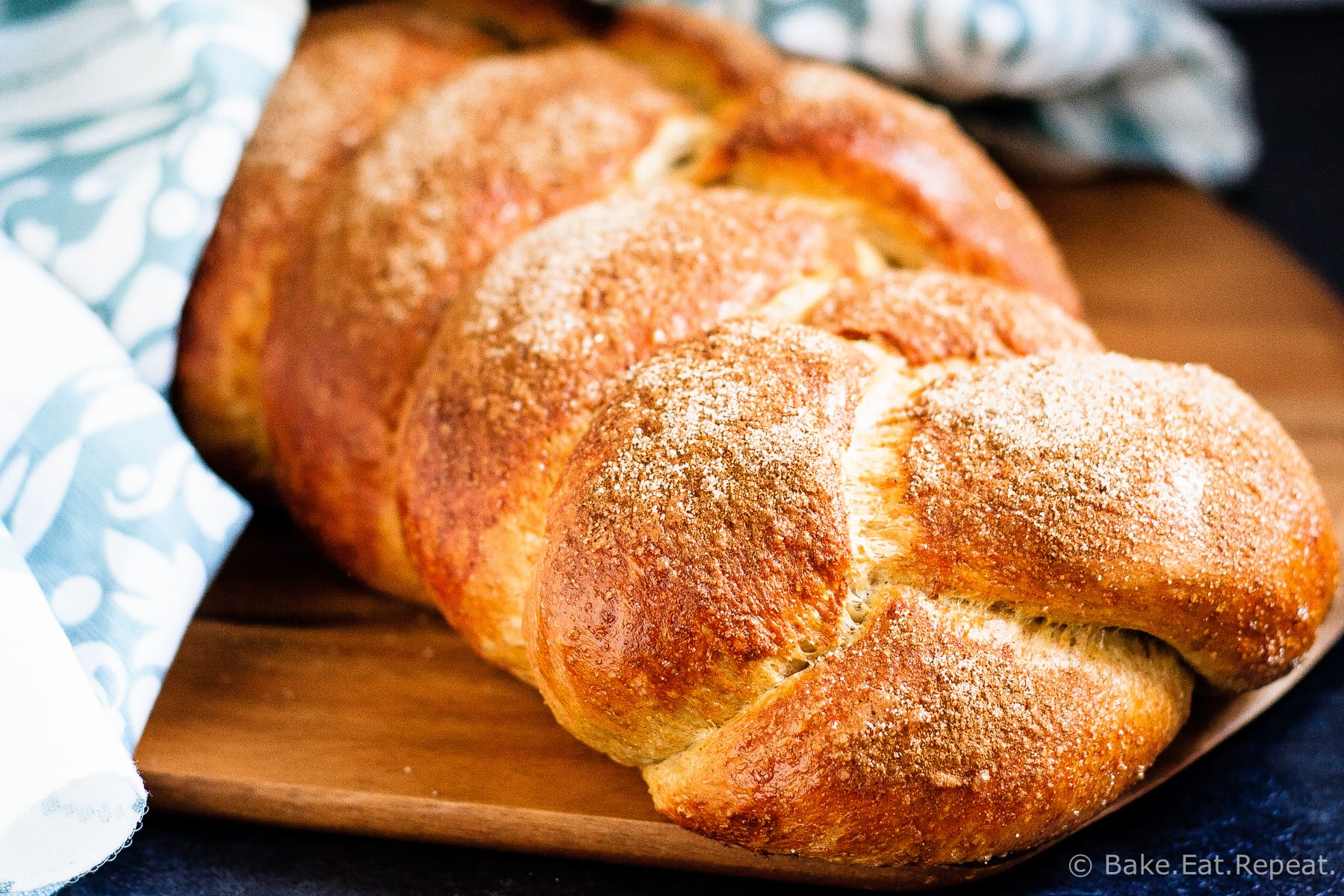
Ingredients and Preparation: The dough includes flour, sugar, eggs, yeast, oil, and water. After rising, the dough is divided into strands, braided, and brushed with egg wash before baking to give it a shiny crust.
Flavor and Uses: Challah has a soft, slightly sweet crumb and a golden crust. It is typically enjoyed plain, as toast, or used in dishes like French toast.
Sweet bread recipes from around the world showcase the diversity and richness of global baking traditions. Each bread tells a story, reflecting the cultural heritage and culinary practices of its region. Whether you're enjoying a slice of chocolate babka with your morning coffee or savoring a piece of stollen during the holiday season, these sweet breads bring a touch of international flavor and festivity to your table.
#amikrafty




